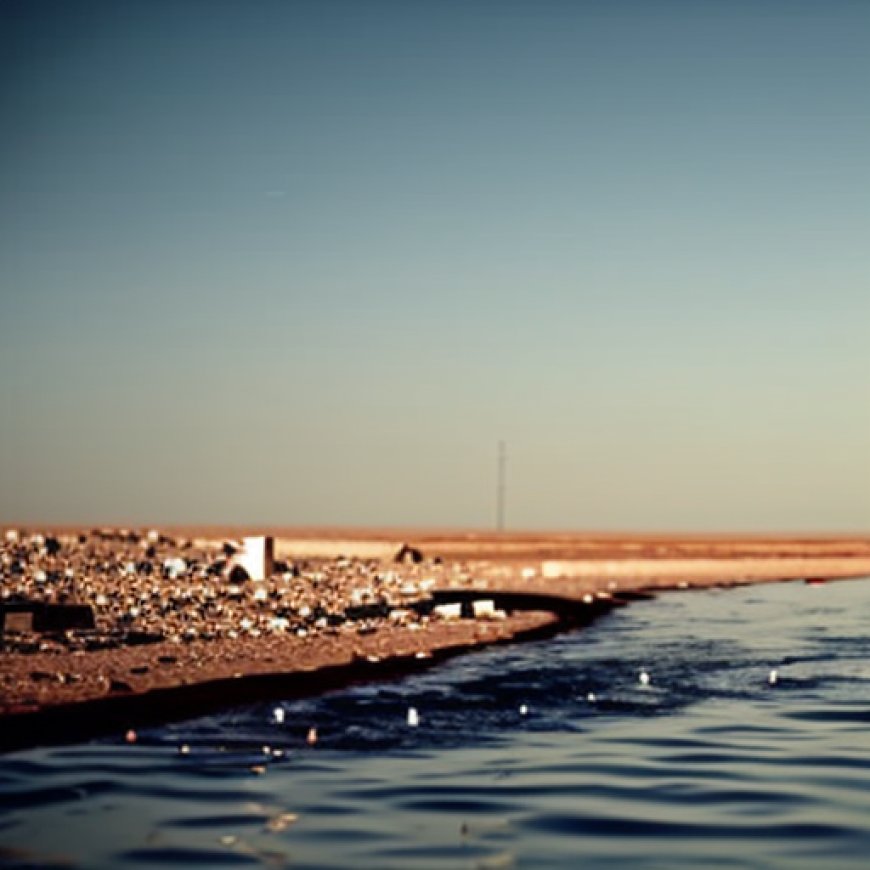More than a month without water, food and healthcare in Gaza
More than a month without water, food and healthcare in Gaza Al Jazeera English


Severe water shortage
Rights groups have warned for years about the deteriorating water situation in the Gaza Strip. In 2021, the Global Institute for Water, Environment and Health and the Euro-Mediterranean Human Rights Monitor described Gaza’s water as “undrinkable”, with 97 percent of its water unfit for consumption.
Now, the lack of electricity means that desalination and wastewater treatment plants can’t run, further compromising access to safe drinking water.
On November 4, Israel destroyed a water reservoir in northern Gaza as well as a public water tank that supplied several neighbourhoods in the south.
Many people are drinking polluted, salty water and queue for hours in the hope of obtaining potable water.
The World Health Organization (WHO) says that between 50 and 100 litres of water per person per day are needed – but it has put the average daily allocation in Gaza at a mere three litres for all daily needs, including drinking and hygiene.
What is the impact of not drinking enough water?
A lack of water affects the body by first impacting the kidneys, and eventually the heart. Dehydration sets in fast for children and can often be deadly. A person can experience light-headedness and a racing pulse as the heart has to pump faster to maintain oxygen.
Water makes up about 60 percent of the human body. Dehydration can kill an infant in a stressful environment within hours, and a healthy adult in two to four days.
Is there enough to eat?
The Food and Agriculture Organization of the United Nations (FAO) says that 80 percent of the population in the Gaza Strip was already food insecure prior to the start of the attacks on October 7. Nearly half the population of 2.3 million people relied on food assistance from the UN Relief and Works Agency for Palestine Refugees (UNRWA).
Before October 7, about 500 trucks on average were allowed into Gaza each day.
According to the UN’s Office for the Coordination of Humanitarian Affairs (OCHA), since October 21, at least 451 trucks have entered Gaza, of which 158 carried food, including canned fish, pasta, wheat flour, canned tomato paste and canned beans; 102 carried health supplies; 44 had water or hygiene products; 32 ferried non-food items; and eight had nutrition supplies.
The remaining trucks carried mixed cargo. Fuel supplies are still not allowed to enter Gaza, which is seriously affecting the hospitals still functioning and risking the lives of thousands.
How does lack of nutrition harm a child?
Every human body needs a balanced diet enriched with vitamins to retain optimal function. In children, food deprivation can be felt quicker, as their growth and brain development hinge on the nutrition they are receiving.
According to the WHO, food deprivation or undernutrition in children results in the stunting of growth, wasting, and problems related to being underweight. Undernutrition prevents children from reaching their physical and cognitive potential and makes them much more vulnerable to disease and death.
Inadequate nutrition during pregnancy can also increase the risk of giving birth to a stunted infant.
Lack of access to healthcare
The WHO says that women and children are bearing the burden of the bombardment on Gaza’s health facilities and the lack of supplies. Women are delivering babies wherever they can, unable to access healthcare facilities to deliver in a sanitary environment, and doctors are having to perform Caesarean sections without anesthesia.
At least 180 women are giving birth each day. Maternal and neonatal deaths have escalated due to the lack of critical care.
Overcrowded UNRWA shelters are reporting cases of acute respiratory infections, diarrhoea and chickenpox. With facilities exceeding capacity, people are now living on the streets. The WHO has reported at least 22,500 cases of acute respiratory infections and 12,000 cases of diarrhoea, which can be deadly in children suffering from dehydration and lack of food.
Doctors have had to use vinegar as disinfectants – and screws and sewing needles for surgeries.
SDGs, Targets, and Indicators
-
SDG 6: Clean Water and Sanitation
- Target 6.1: By 2030, achieve universal and equitable access to safe and affordable drinking water for all.
- Indicator: Percentage of population using safely managed drinking water services (not explicitly mentioned in the article, but implied by the severe water shortage and lack of access to safe drinking water in Gaza).
-
SDG 2: Zero Hunger
- Target 2.1: By 2030, end hunger and ensure access by all people, in particular the poor and people in vulnerable situations, including infants, to safe, nutritious, and sufficient food all year round.
- Indicator: Prevalence of undernourishment (not explicitly mentioned in the article, but implied by the food shortage and reliance on food assistance in Gaza).
-
SDG 3: Good Health and Well-being
- Target 3.8: Achieve universal health coverage, including financial risk protection, access to quality essential health-care services, and access to safe, effective, quality, and affordable essential medicines and vaccines for all.
- Indicator: Coverage of essential health services (not explicitly mentioned in the article, but implied by the lack of access to healthcare facilities and critical care in Gaza).
Table: SDGs, Targets, and Indicators
| SDGs | Targets | Indicators |
|---|---|---|
| SDG 6: Clean Water and Sanitation | Target 6.1: By 2030, achieve universal and equitable access to safe and affordable drinking water for all. | Percentage of population using safely managed drinking water services |
| SDG 2: Zero Hunger | Target 2.1: By 2030, end hunger and ensure access by all people, in particular the poor and people in vulnerable situations, including infants, to safe, nutritious, and sufficient food all year round. | Prevalence of undernourishment |
| SDG 3: Good Health and Well-being | Target 3.8: Achieve universal health coverage, including financial risk protection, access to quality essential health-care services, and access to safe, effective, quality, and affordable essential medicines and vaccines for all. | Coverage of essential health services |
Behold! This splendid article springs forth from the wellspring of knowledge, shaped by a wondrous proprietary AI technology that delved into a vast ocean of data, illuminating the path towards the Sustainable Development Goals. Remember that all rights are reserved by SDG Investors LLC, empowering us to champion progress together.
Source: aljazeera.com

Join us, as fellow seekers of change, on a transformative journey at https://sdgtalks.ai/welcome, where you can become a member and actively contribute to shaping a brighter future.







